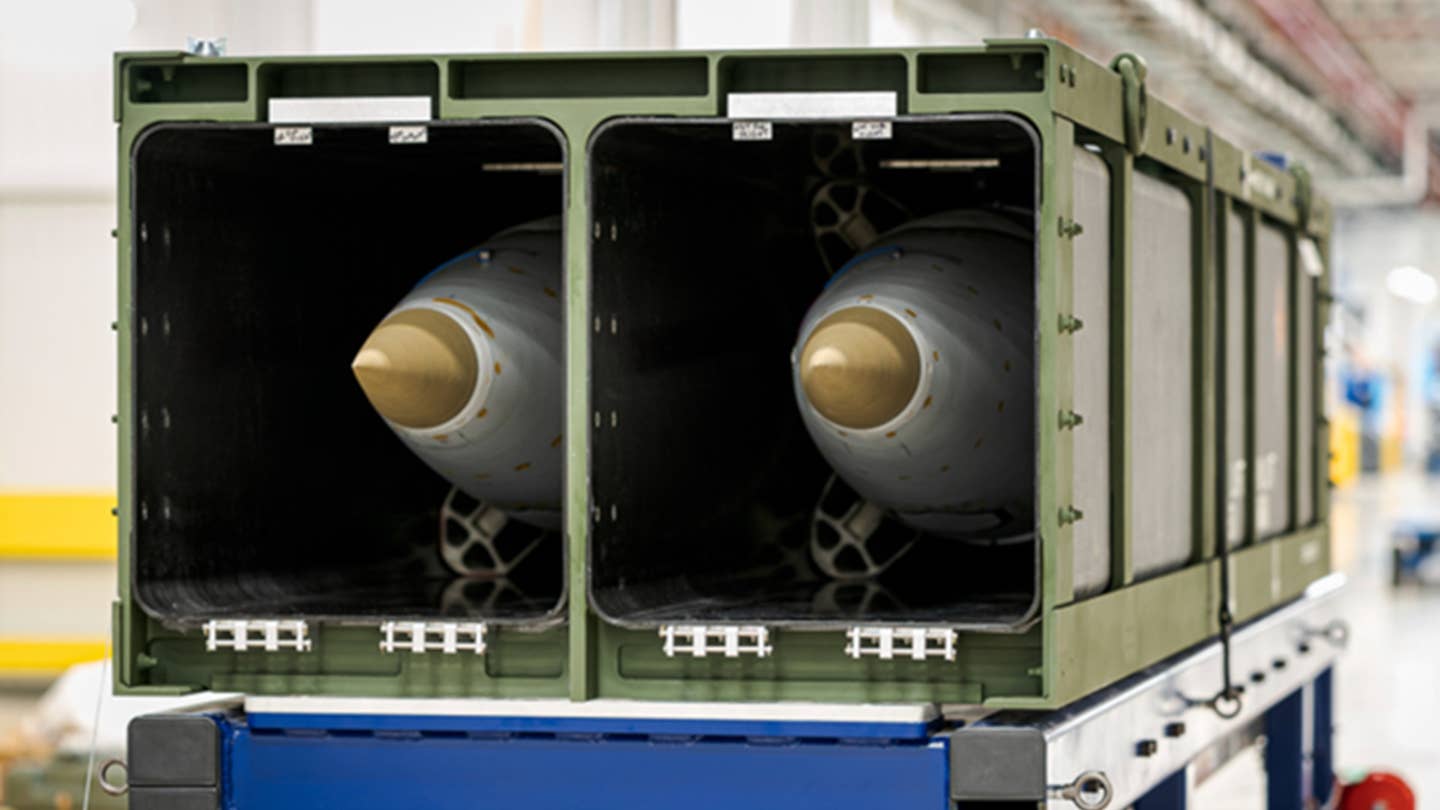Приложение
How to install the app on iOS
Follow along with the video below to see how to install our site as a web app on your home screen.
Примечание: This feature may not be available in some browsers.
Вы используете устаревший браузер. Этот и другие сайты могут отображаться в нём некорректно.
Вам необходимо обновить браузер или попробовать использовать другой.
Вам необходимо обновить браузер или попробовать использовать другой.
РСЗО стран мира (кроме Израиля, арабов, Ирана)
- Автор темы palmach
- Дата начала

PARIS — Lockheed Martin and Rheinmetall are partnering to offer a European-made rocket launcher based on Lockheed’s High Mobility Artillery Rocket Systems (HIMARS) system to Germany and its neighbors.
The GMARS system is envisioned as a wheeled artillery system replacing Berlin’s aging MARS 2 multiple launch rocket systems, Howard Bromberg, vice president and deputy for strategy and business development at Lockheed Martin’s air and missile defense business line, said June 21 in an exclusive interview with Defense News. The weapon would integrate a Rheinmetall chassis and a Lockheed Martin loader component, he explained.
The ongoing war in Ukraine against Russian forces has demonstrated the demand for new rocket artillery on the continent, he said at the Paris Air Show outside of the city. “Everybody is discussing what their future rocket artillery requirements are.”
Germany specifically has been in discussions with Rheinmetall and Lockheed Martin to find a replacement for its MARS 2 systems, a portion of which has been donated to Ukraine over the past year, and the rest of which are quickly aging. A memorandum of understanding between the two companies was signed in April.
“They want to backfill those [donated systems] quickly, and then move on to a modernized rocket artillery force,” Bromberg said.
As of June 21, Germany has provided five MARS 2 rocket launchers with associated ammunition to Ukraine, according to documents published by the Ministry of Defense.
Thirty-four systems remain in the Bundeswehr’s current inventory, a department spokesperson told Defense News in a June 22 email. However, the spokesperson could not comment upon the operational readiness of the rocket launchers.
“Preparations for the replacement are underway,” the spokesperson said.
The GMARS solution proposed by the two companies – with the G denoting Germany – would be similar to HIMARS, but with a much larger chassis, provided by Rheinmetall, and a double loadout capability with two rocket pods instead of one, Bromberg said.
The chassis would be based on Rheinmetall’s protected, off-the-shelf HX 8x8 to maximize both parts’ commonality and interoperability with the existing, and growing, HX fleet, a Rheinmetall spokesperson said in a June 23 email. It would be built in Vienna and measure about 12 meters long, although the dimensions are still being finalized, they said. A HIMARS truck measures about 7 meters long.
Lockheed’s launcher-loader component would then be integrated onto the back of the truck, with overall integration efforts taking place in Germany.
“It’ll be our entrée into the European market with a European-produced version of rocket artillery … that can be offered throughout Europe,” Bromberg said.
Some components of the system would have to be procured from the United States through so-called combined foreign military sales and direct commercial sales, he noted. The Rheinmetall truck would be procured via direct commercial sale, he added.
The industry pair is also in conversation with German weapons maker Diehl for additional elements to be made locally, per Bromberg. “We’re in industry discussions right now about what can be produced or assembled in Europe, in terms of rockets,” he said.
Rheinmetall is interested in providing rocket motors, “which is a very viable option,” Bromberg said. Meanwhile, Diehl could provide some of the warheads along with Lockheed components. Those discussions haven’t ended yet, but Lockheed and Diehl are “well on our way to establishing what that relation is,” he noted.
Once under contract, the initial five GMARS systems could be delivered for testing and acceptance as early as 2025. “Then, if the Germans wanted to have additional capability in the interim, they could request from the U.S. government to buy straight HIMARS, and then use that for a stopgap,” Bromberg said.
Rheinmetall could have the chassis ready for integration within months of a contract signature, the company spokesperson said.
Should Germany choose to support its production, GMARS will feature about 80 percent commonality with the HIMARS munitions packages and logistics chain, Bromberg noted. It will require three personnel to operate, the same as HIMARS.
“We know that our HIMARS munitions will fire off anything GMARS that we do with Rheinmetall,” Bromberg said. “We know Germany has already been approved to fire these rockets on their older systems. So this will be a natural transition, as we present a new launcher to fire our munitions.”
Either weapon could prove more appealing to different countries based on their armed forces’ needs – the HIMARS is C-130 transportable and is sized to operate on very small roads and capable of traversing bridges with weight restrictions. Meanwhile, other nations might prioritize the double rocket load of the GMARS. “It’s a personal desire, based upon what you think your threats are and how you want to operate,” said Bromberg.
European nations including France and Germany currently operate variants of the M270 multiple launch rocket system (MLRS), a tracked vehicle which has also been used by Ukraine over the past year. But now, many operators are interested in a wheeled artillery system, Bromberg said.
A raft of these nations and other allies have either procured or expressed interest in buying Lockheed’s HIMARS system as a result. Poland was recently approved to receive up to 18 new HIMARS systems along with other equipment in a joint $10 billion FMS sale, and Warsaw expressed a desire to procure up to 500 launchers for more than 80 batteries.
Meanwhile, Estonia, Lithuania and Latvia have all inked a deal for HIMARS with Lockheed Martin in the past seven months, while Romania became the first European HIMARS customer when it signed a contract in 2018 for 54 launchers.
Lockheed Martin получила 44,3 млн долларов за предварительное производство Precision Strike Missile с дальностью пуска до 500 км для замены баллистических ракет ATACMS.

Министерство обороны США выделило компании Lockheed Martin средства на подготовку раннего производства Precision Strike Missile (PrSM). Сумма контракта составила 44,3 миллиона долларов.
Вот что мы знаем
Армия США заинтересована в приобретении PrSM для высокомобильных артиллерийских реактивных систем M142 HIMARS и реактивных систем залпового огня M270 MLRS. Новый боеприпас станет заменой тактической баллистической ракете ATAMCS с дальностью пуска до 300 километров.Первая версия PrSM (Increment 1) позволит HIMARS и MLRS поражать цели на расстоянии до 500 километров. В будущем Lockheed Martin увеличит максимальную дальность полета до 1000 километров. PrSM будет тоньше, чем ATACMS, поэтому пусковая установка HIMARS будет вмещать сразу две ракеты, тогда как РСЗО сможет запускать сразу четыре.

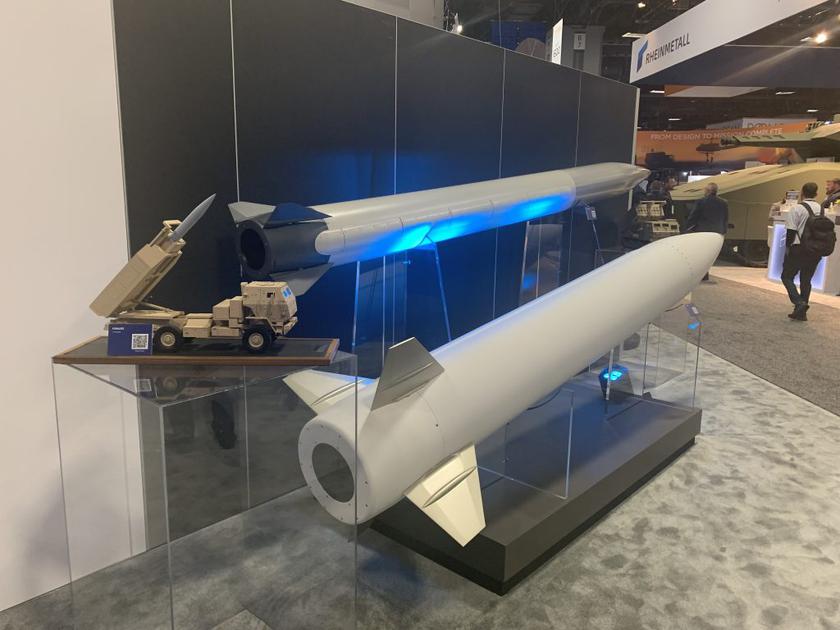
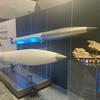

Весной 2023 года армия США запросила в проекте бюджета на 2024 финансовый год 384 миллиона долларов на закупку 110 ракет PrSM версии Increment 1. В то же время Lockheed Martin хочет $273 млн на продолжение развития проекта.
Источник: Пентагон.
ссылки кликабельны

Lockheed Martin’s Extended-Range GMLRS (ER GMLRS) Rocket Excels In Long Range Flight
Lockheed Martin successfully demonstrated its next-generation Extended-Range GMLRS (ER GMLRS) in a flight test at White Sands Missile Range, New ...
 militaryleak.com
militaryleak.com
Ась?PrSM будет тоньше, чем ATACMS, поэтому пусковая установка HIMARS будет вмещать сразу две ракеты, тогда как РСЗО сможет запускать сразу четыре.
Видать, переводчик буквально перевел MLRS. Тип установки лучше, конечно, указывать.
Я не о том. Новая ракета тоньше,но влазить их будет меньше. Это как?Видать, переводчик буквально перевел MLRS. Тип установки лучше, конечно, указывать.
Как это влазить меньше? Две вместо одной в канистре. Так и написаноЯ не о том. Новая ракета тоньше,но влазить их будет меньше. Это как?
PrSM будет тоньше, чем ATACMS, поэтому пусковая установка HIMARS будет вмещать сразу две ракеты, тогда как РСЗО сможет запускать сразу четыре
Все,разобрался.Как это влазить меньше? Две вместо одной в канистре. Так и написано
Бритиши представили М270А2
 www.armyrecognition.com
www.armyrecognition.com
British Army Acquires M270A2 GMLRS Rocket Launchers: Displayed at DSEI 2023 Defense Exhibition | Defense News September 2023 Global Security army industry | Defense Security global news industry army year 2023 | Archive News year
British Army Acquires M270A2 GMLRS Guided Multiple Launch Rocket System: Displayed at DSEI 2023 Defense Exhibition
Lockheed Martin успешно завершила производственные квалификационные летные испытания ракеты PrSM совместно с армией США на демонстрационном полигоне Уайт-Сэндс в Нью-Мексико. Одна ракета точного удара (PrSM) была выпущена из пусковой установки HIMARS и поразила цель. Это испытание представляет собой самое короткое пролетное расстояние на сегодняшний день, демонстрирующее неизменную точность системы от запуска до удара. Полет на ближнюю дальность не является основной задачей для PrSM, но он представляет собой наиболее напряженную и динамичную нагрузку для ракеты, поскольку она маневрирует на гиперзвуковых скоростях для наведения на цель. Это испытание проверяет структурную целостность ракеты и управление траекторией.
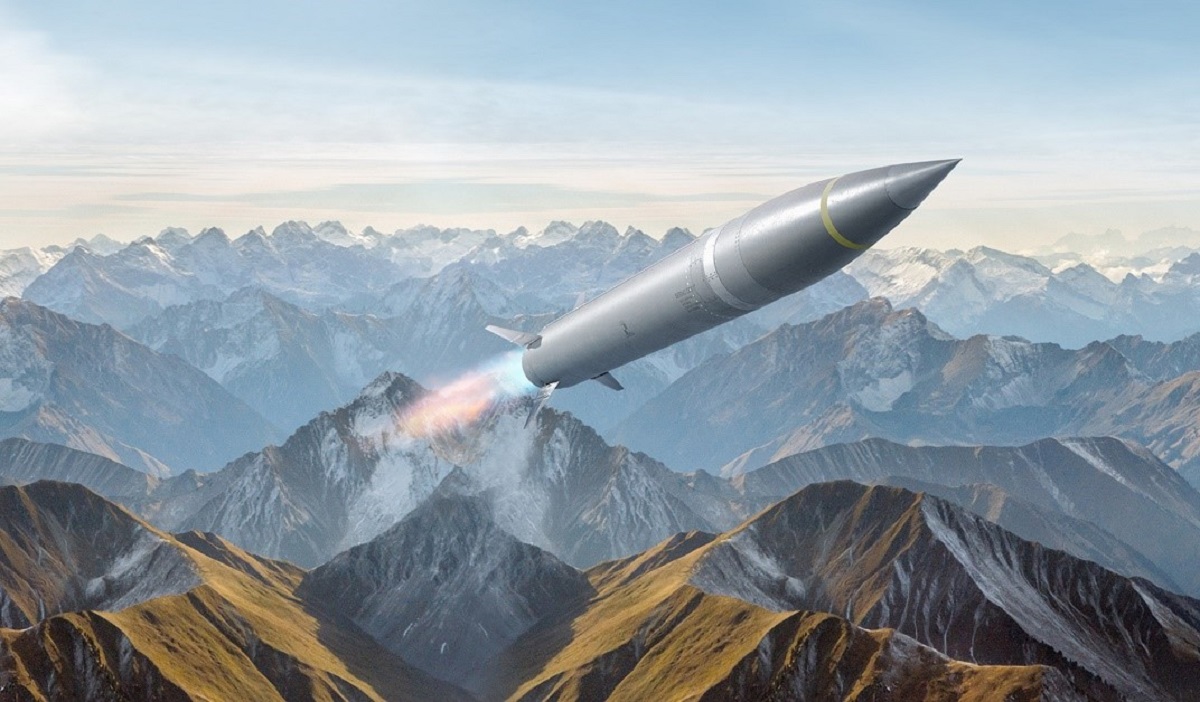
 militaryleak.com
militaryleak.com

Lockheed Martin’s Precision Strike Missile (PrSM) Completes Shortest-Range Flight Test
Lockheed Martin successfully completed a production qualification flight test with the U.S. Army in a demonstration at White Sands Missile ...
 militaryleak.com
militaryleak.com
Успешно испытана и передана в производство новая ГСН для ракеты PrSM Increment II.
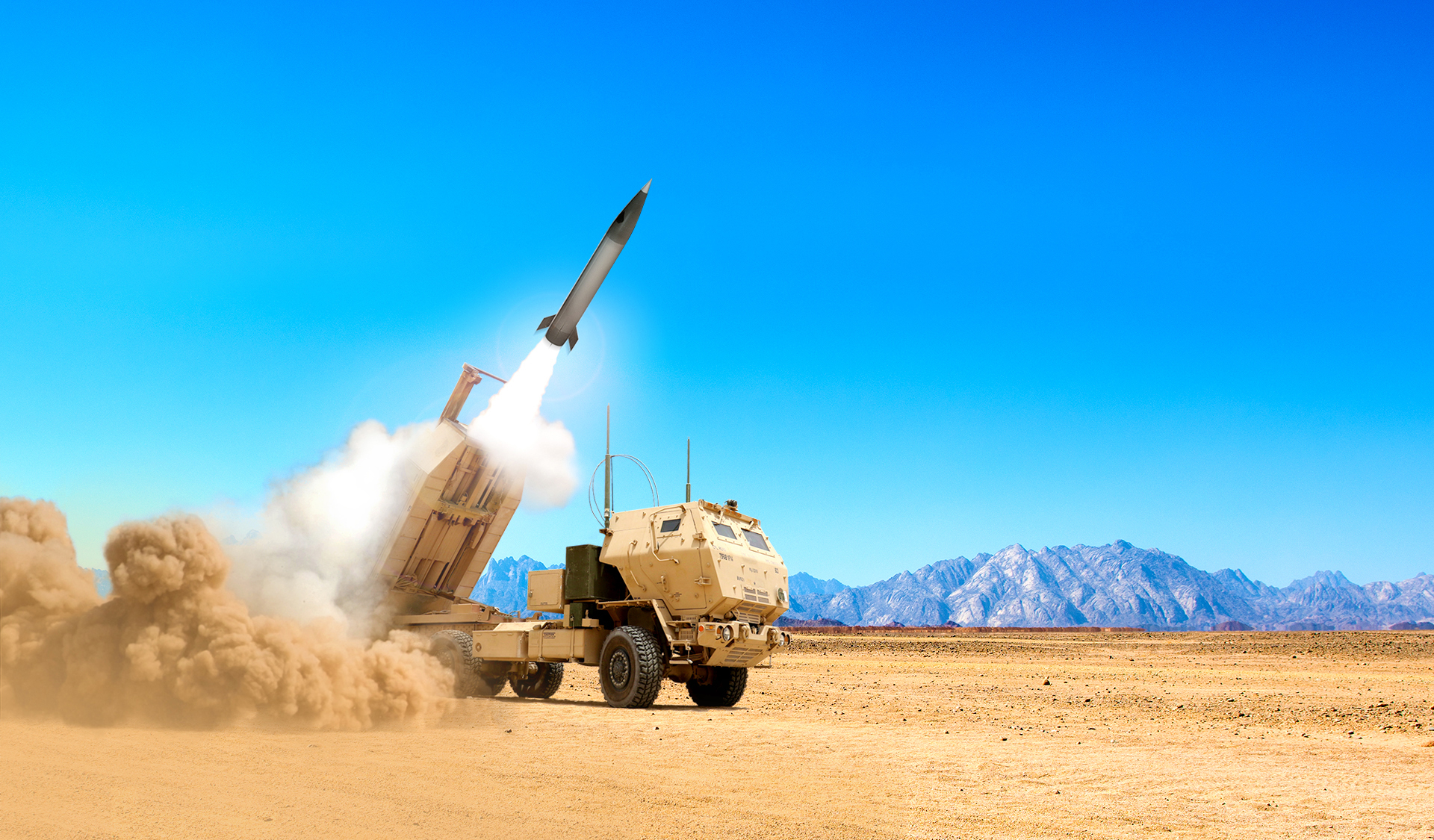
 www.thedefensepost.com
www.thedefensepost.com
Очень похоже, что эта ГСН не что иное, как адаптированная к баллистическому полету головка ракеты JSM австралийской версии.
Напомню, что ракета PrSM планируется в четырех вариантах с возможностями по нарастающей:
Возможна в будущем и установка на ракету модульной тактической ядерной боеголовки.
Для всех вариантов ракеты применяется ПО для полета по сложной изменяющейся траектории, а само устройство оснащено бортовой системой РЭБ против перехвата средствами ПВО противника.
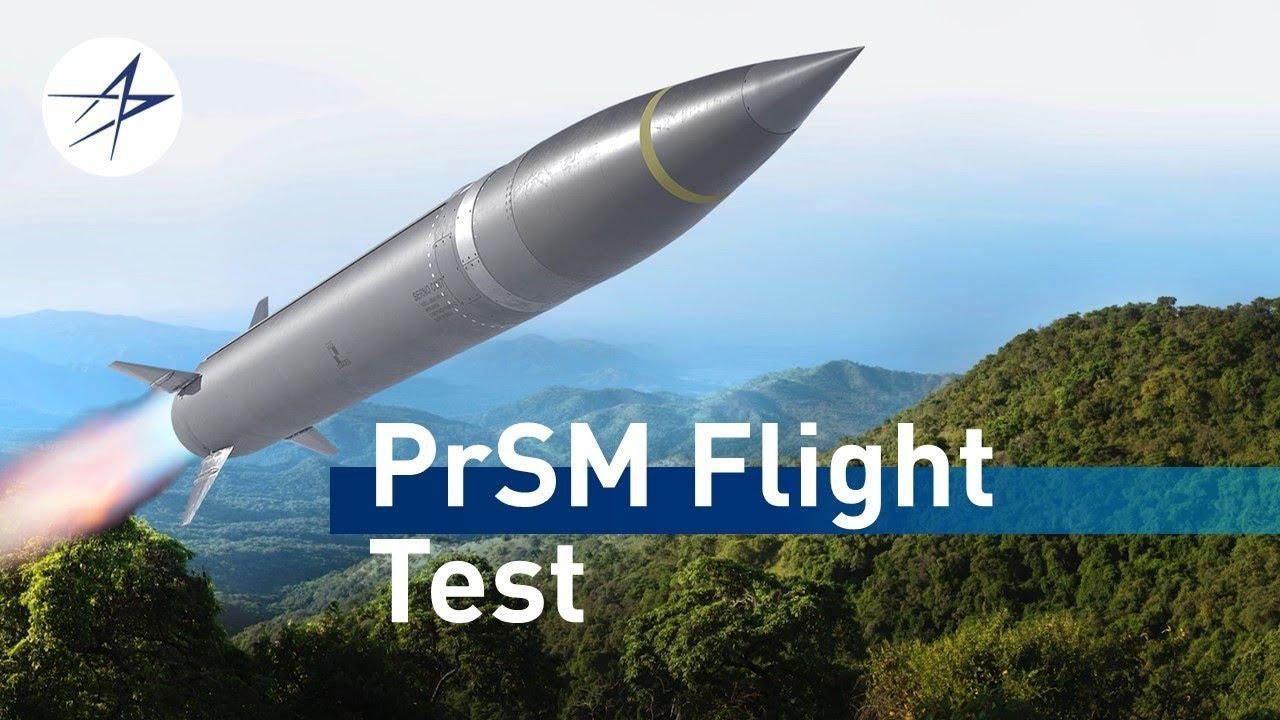

New Precision Strike Missile Seeker to Turn It Into Ship Killer
The US Army flight tested a Precision Strike Missile multimode seeker last year that enables the missile to perform maritime targeting.
 www.thedefensepost.com
www.thedefensepost.com
Очень похоже, что эта ГСН не что иное, как адаптированная к баллистическому полету головка ракеты JSM австралийской версии.
Напомню, что ракета PrSM планируется в четырех вариантах с возможностями по нарастающей:
- Increment I это ракета с инерциальной и GPS системой наведения ( возможно, и коррекция по радиоканалу ), дальностью порядка 650 км и модульной боеголовкой осколочного типа массой 90 кг и программируемого подрыва.
- Increment II это предыдущая ракета, но с головкой самонаведения на принципах интеллектуальной инфракрасной и пассивной радиочувствительной. Такая ракета может атаковать подвижные цели, включая морские, а также служить в качестве противорадиолокационной ( например, атаковать рлс пво противника ). Вероятно, модульная боеголовка для морских целей будет проникающего типа как у пкр.
- Increment III это ракета предыдущей версии, но к ней будет разработана еще одна боеголовка "интеллектуального типа", с разделяющимися самонаводящимися элементами. Еще одной особенностью новой боеголовки будет также способность работы как унитарная.
- Increment IV это применение в предыдущих вариантах ракетах нового воздушно-реактивного твердотопливного двигателя, в результате чего дальность действия ракеты возрастет примерно до 1100 км.
Возможна в будущем и установка на ракету модульной тактической ядерной боеголовки.
Для всех вариантов ракеты применяется ПО для полета по сложной изменяющейся траектории, а само устройство оснащено бортовой системой РЭБ против перехвата средствами ПВО противника.
Известно откуда видео?
Нет, это не мой канал. Там если приглядеться, то видно что ракеты тренировочные.Известно откуда видео?
Стоило помянуть чёрта
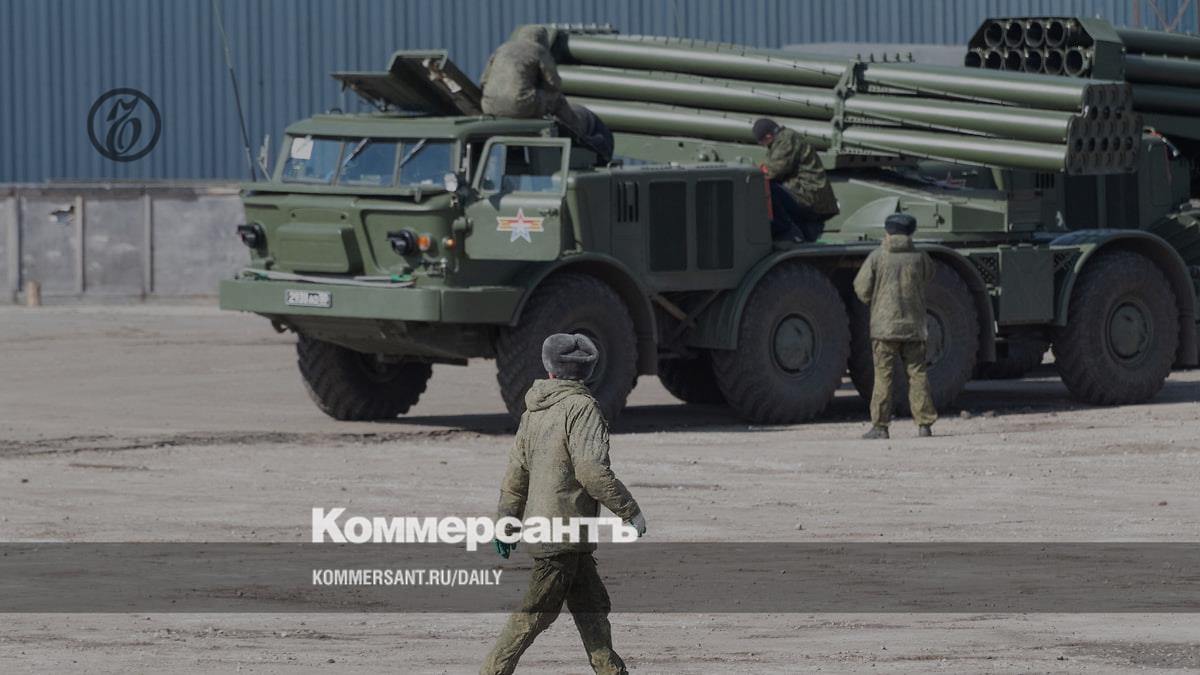
 www.kommersant.ru
www.kommersant.ru
- а вот он!Ребята с Мотовилихи приехали ко мне в восьмидесятых - заинтересовались одним изобретением. Оно могло помочь стволы делать, их фишка.
В «Ураганах» проявился неполный привод
Оборонщики не смогли взыскать средства на командировки с военных

